Steamships revolutionized the way people and goods traveled across the seas, marking a significant shift in maritime history. From groundbreaking designs to record-breaking voyages, these iconic vessels not only pushed technological boundaries but also shaped global trade, communication, and warfare. This list highlights 9 steamships that left an indelible mark on the world’s oceans.
Contents
SS Great Eastern
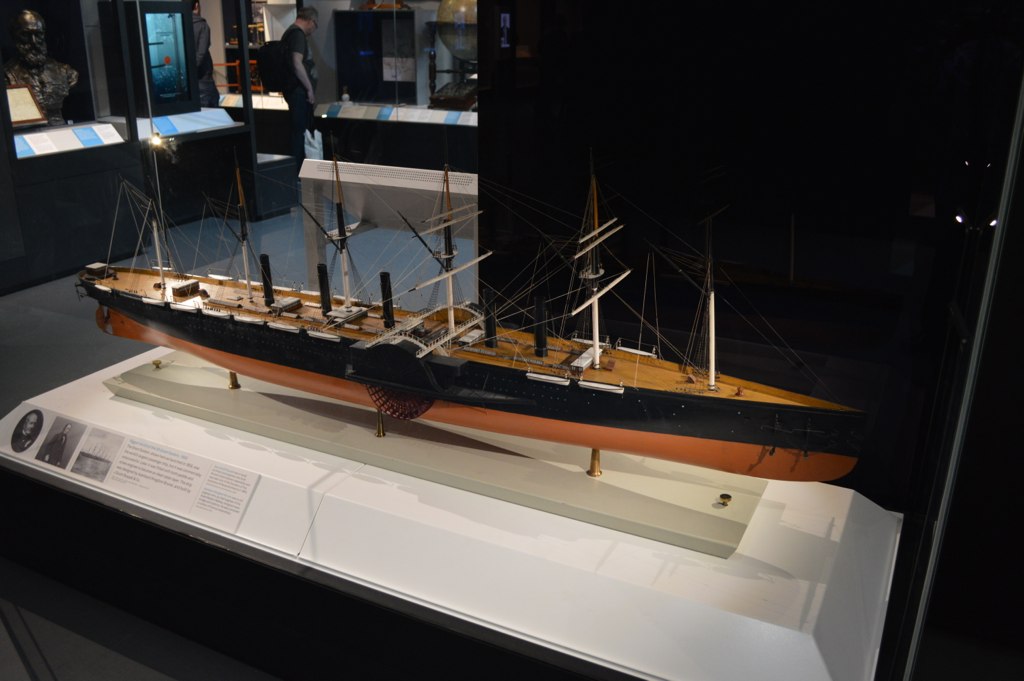
Designed by Isambard Kingdom Brunel, the SS Great Eastern launched in 1858 as the largest ship ever built at the time. Its massive size allowed it to carry up to 4,000 passengers and 6,000 tons of cargo, far more than any vessel before it. Though it wasn’t a commercial success, the ship’s design influenced future ocean liners in terms of capacity and technology. Notably, the SS Great Eastern played a key role in laying the first transatlantic telegraph cable, revolutionizing global communications.
RMS Titanic
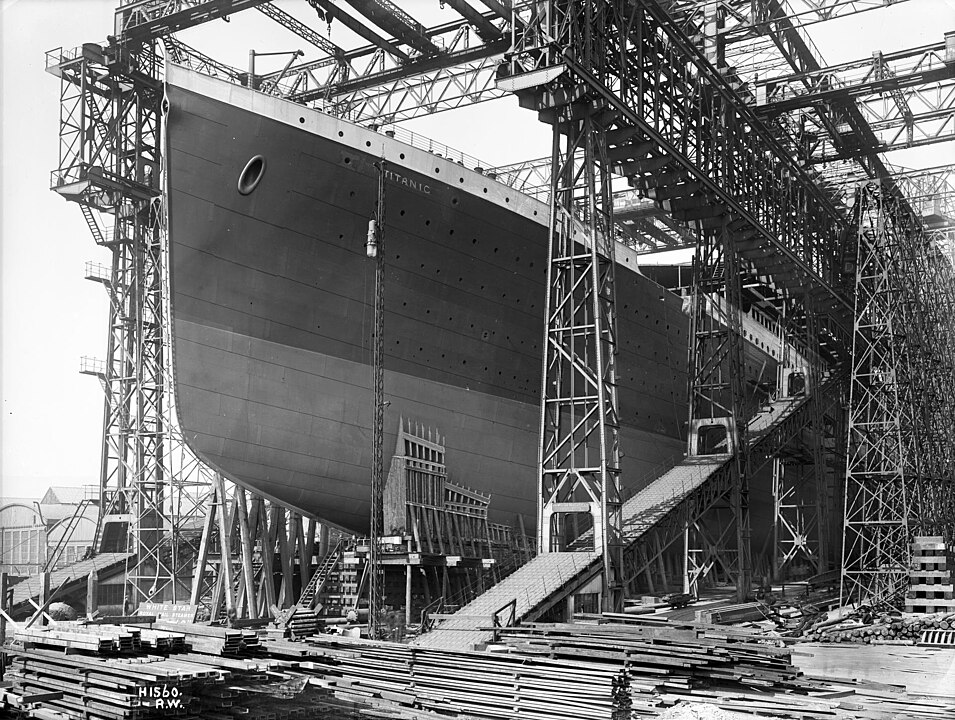
The RMS Titanic is perhaps the most famous steamship in history, tragically sinking on its maiden voyage in 1912. Although celebrated for its luxury and state-of-the-art safety features, it met disaster when it struck an iceberg. Over 1,500 passengers and crew lost their lives, leading to widespread changes in maritime safety protocols, including lifeboat regulations.
RMS Lusitania
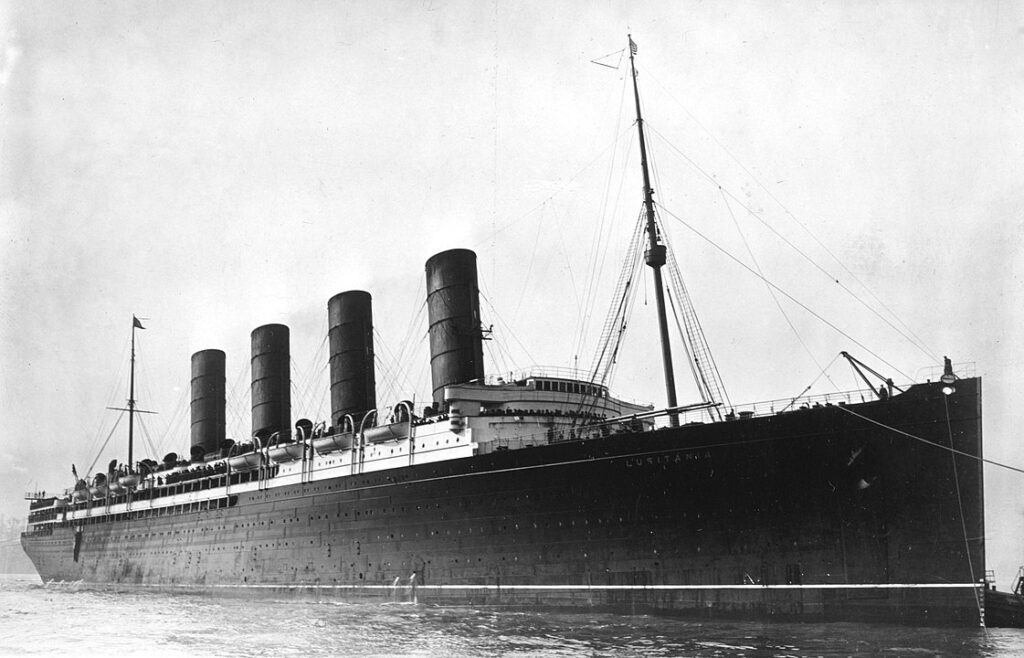
Launched in 1906, the RMS Lusitania became a symbol of the dangers of wartime travel after being sunk by a German U-boat in 1915. The attack, which claimed 1,198 lives, played a major role in bringing the United States into World War I. The Lusitania was also known for its speed and luxurious accommodations, making it a popular choice for transatlantic passengers. Its loss forever altered the landscape of naval warfare and international relations.
SS Great Britain

Isambard Kingdom Brunel’s SS Great Britain, launched in 1843, was the first iron-hulled steamship to cross the Atlantic Ocean. It combined cutting-edge technology, including an iron hull and a screw propeller, with impressive passenger and cargo capacity. Despite initial setbacks, the ship became a pioneer in global travel and influenced maritime construction for decades. Today, it’s preserved as a museum ship, a testament to its revolutionary design.
RMS Queen Mary
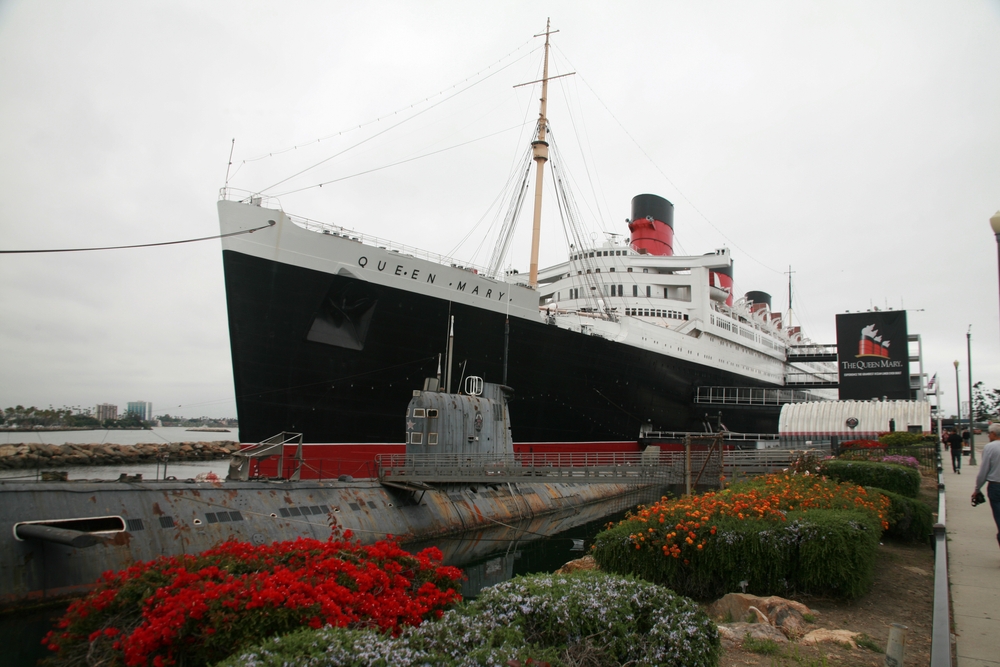
The RMS Queen Mary, launched in 1936, became an icon of the golden age of ocean liners, known for its Art Deco style and speed. During World War II, it served as a troopship, playing a critical role in transporting Allied forces. After the war, it returned to luxury service, making transatlantic crossings a refined experience. Now permanently docked in Long Beach, California, the Queen Mary remains a symbol of 20th-century maritime elegance.
SS United States

The SS United States, launched in 1952, is still the fastest ocean liner ever built, capable of crossing the Atlantic in just over three days. Designed for both luxury travel and military use, it could be quickly converted into a troop carrier in times of conflict. Its sleek design and record-breaking speed earned it international acclaim, though it has been out of service for decades.
RMS Mauretania
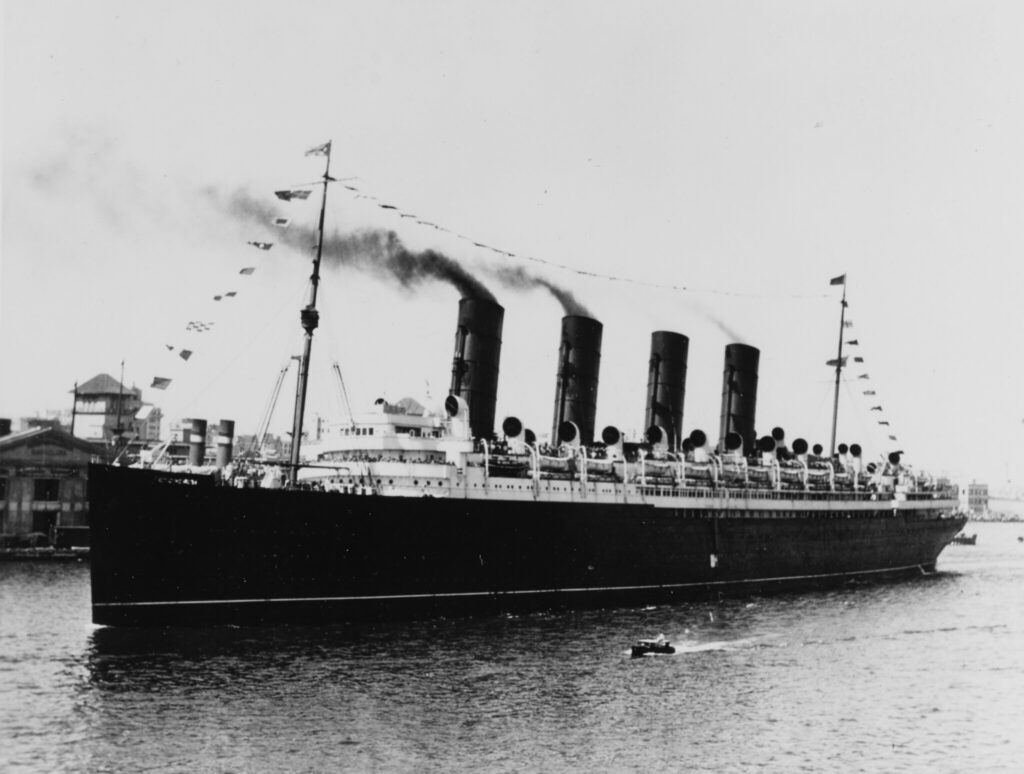
The RMS Mauretania, launched in 1906, was celebrated for holding the Blue Riband for the fastest transatlantic crossing for over 20 years. Its luxurious interiors and powerful engines made it a favorite among passengers, and it played a significant role in both civilian and military service. The ship transported troops during World War I, enhancing its historical importance. Its blend of speed and comfort set the standard for future ocean liners.
SS Normandie

Launched in 1935, the French liner SS Normandie was renowned for its sleek Art Deco design and impressive speed, winning the Blue Riband for the fastest transatlantic crossing. The ship’s luxurious amenities and elegant style made it a symbol of French maritime prowess. Unfortunately, its career was cut short when it caught fire and capsized during World War II. Despite its tragic end, the Normandie remains an icon of maritime luxury and innovation.
RMS Olympic
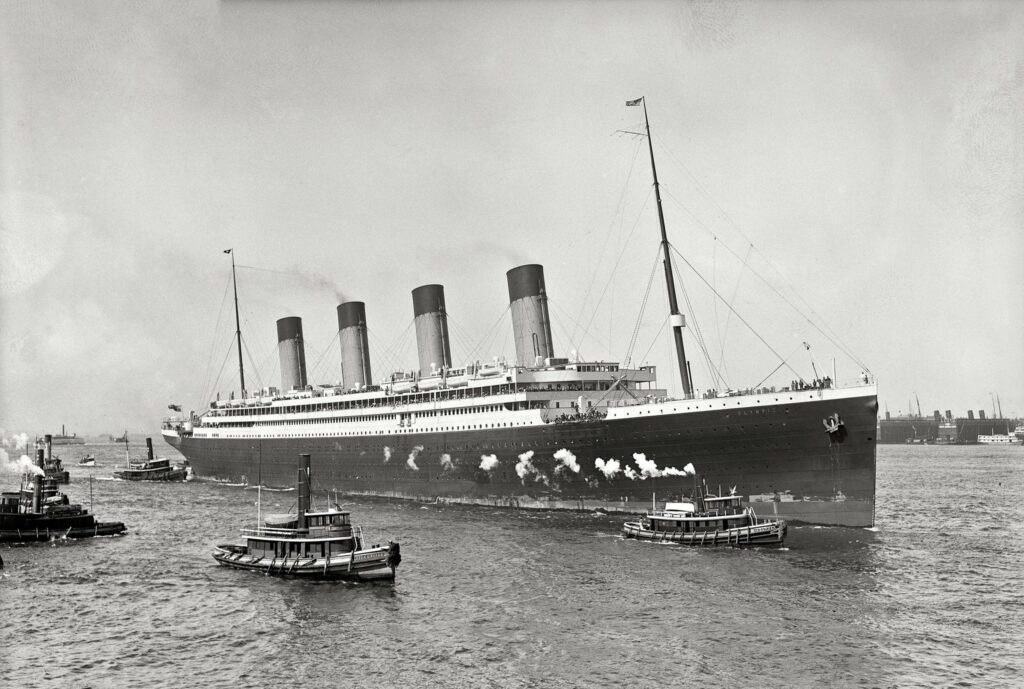
Sister ship to the Titanic, the RMS Olympic had a much longer and more successful career, serving as both a passenger liner and a troopship during World War I. Often referred to as “Old Reliable,” the ship transported thousands of troops and passengers safely across the Atlantic. Its durability and service made it a symbol of British maritime strength. The Olympic was instrumental in advancing ocean liner technology during its time.
This article originally appeared on MyCarMakesNoise.
More from MyCarMakesNoise
20 Classic Cars from the ’60s and ’70s with Engine Flaws
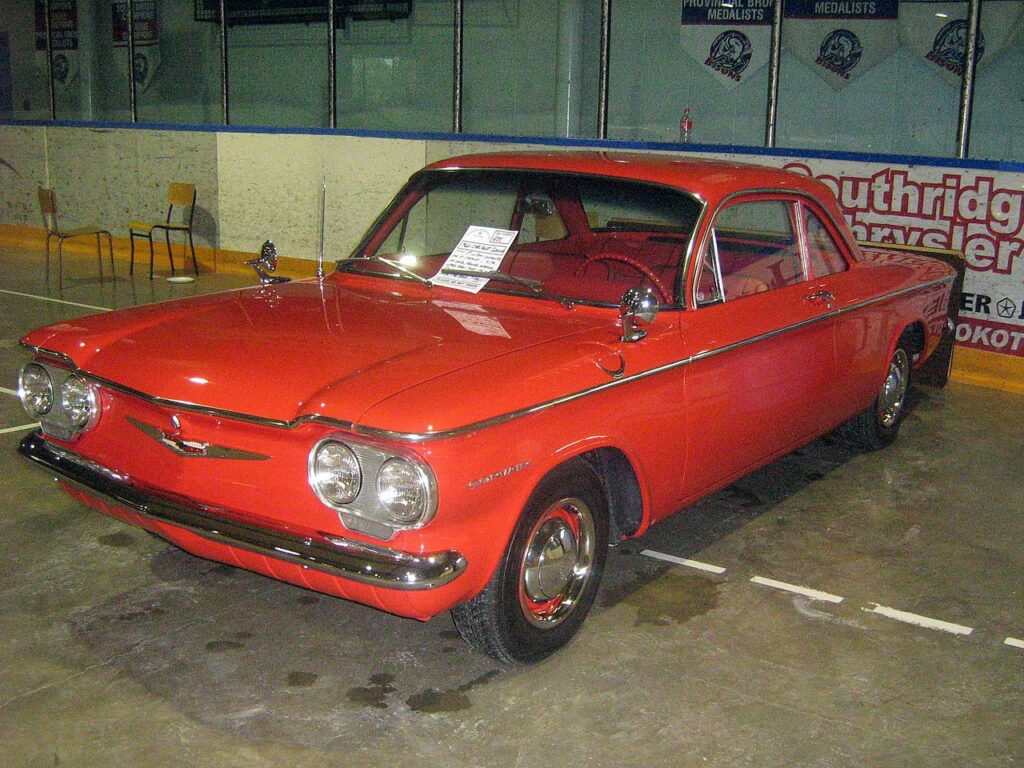
Some cars from the ’60s and ’70s are infamous for their unreliable engines and frequent mechanical issues. From the Chevrolet Corvair’s problematic rear-engine design to the Ford Pinto’s dangerous fuel system, these vehicles have earned a notorious reputation. Read More.
20 Astonishing Facts You Didn’t Know About Classic Muscle Cars

Classic muscle cars have always captured the hearts of car enthusiasts with their powerful engines and iconic designs. These American legends aren’t just about speed and style; they have a rich history full of fascinating stories and surprising details. Read More.
20 Most Memorable Lamborghini Supercars Ever Made

Lamborghini has a legacy of crafting some of the most iconic supercars the world has ever seen. From sleek designs to groundbreaking performance, each model has left a lasting impression on automotive enthusiasts. Read More.














